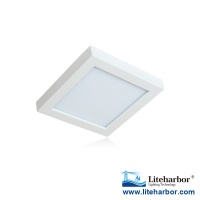LED Dimmer Type
LED Dimmer Type
As we known LED in the home is becoming more popular due to the energy and money saving benefits it offers.
In the same time people are looking for dimmable light to receive a ideal light effect and use the light more economic.
Resistive Dimming
Resistive dimming is the old dimmer for incandescent light.
But today it is no longer appropriate for the LED light.
For led need to work between 12-48V, while resistive dimmers will produce too much heat that will waste energy.
Also it will do damage to the led light and cause flicker.
So what will be the right choice for LED lights?
Pulse-Width Modulation Dimming
By switching the voltage on and off at a variable speed.
This causes a flickering effect that is too quick for the human eye to see.
By increasing and decreasing the switching speed it increases and decreases the max possible light output and dims the LED.
This is the energy efficient choice. Cause unlike the resistive dimming the more the LED is dimmed the less wattage it uses.
The disadvantage of this is as the amount of dimming increases so does the amount of time the voltage is turned off.
This will eventually fall within the flickering speed in which the human eye can see
(when the LED is dimmed to below 10% of its original light output flickering can normally be seen)
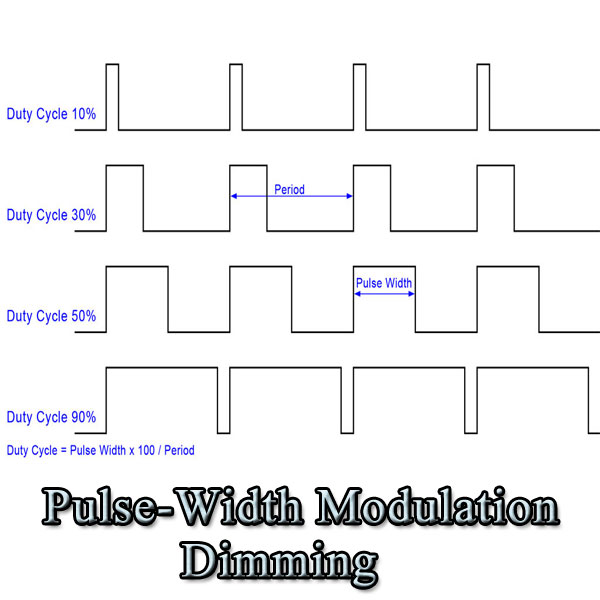
Lamp Dimmer
Makes it easy to turn lights on and off , energy efficient. Easy to install.
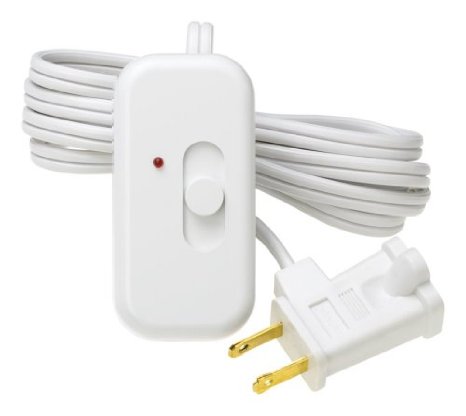
TRIAC Dimming
A TRIAC (Triode for Alternating Current) dimmer works by conducting the current in both directions, alternating at a variable speed.
This makes the switching much faster than Pulse-width modulation dimming so it never goes within the flickering speed of the human eye.
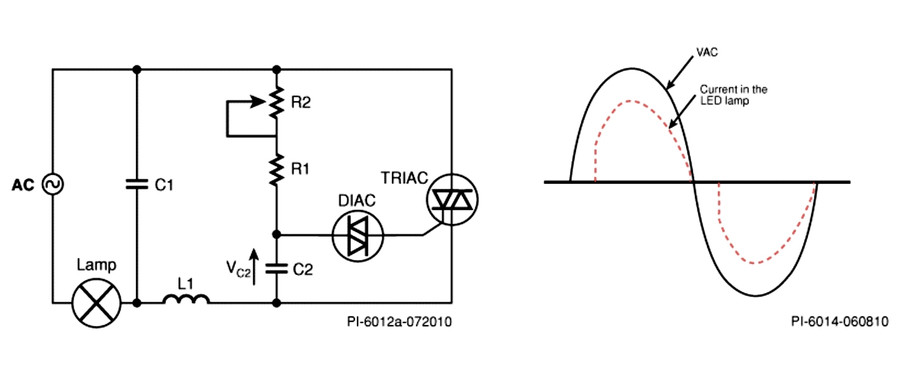
Dimming Signals
Both PWM and TRIAC dimmer modules require a signal to tell the dimmer how much to dim the LED’s.
The current standard is 0-10V.
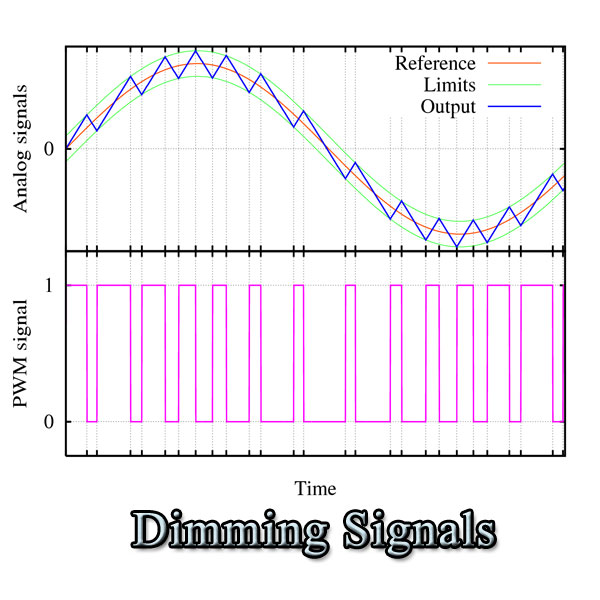
0-10V Dimming
0-10V signals work by sending a separate 10v signal to the PWM/TRIAC dimmer module and then using a resistive dimmer to reduce the voltage on the 10V signal.
As the voltage drops the dimmer module reduces the brightness on the LED’s in relation to the voltage.
Example
10V = Dim at 100%
8V = Dim at 80%
3V =Dim at 30%
DALI Dimming
DALI is an open source 2 way protocol designed for controlling lighting in the home.
It is a royalty free standard meaning it is possible to mix and match DALI module’s from different manufactures.
DALI works by assigning zones and linking all the DALI modules for each zone together.
The DALI controller can then control multiple zones individually.
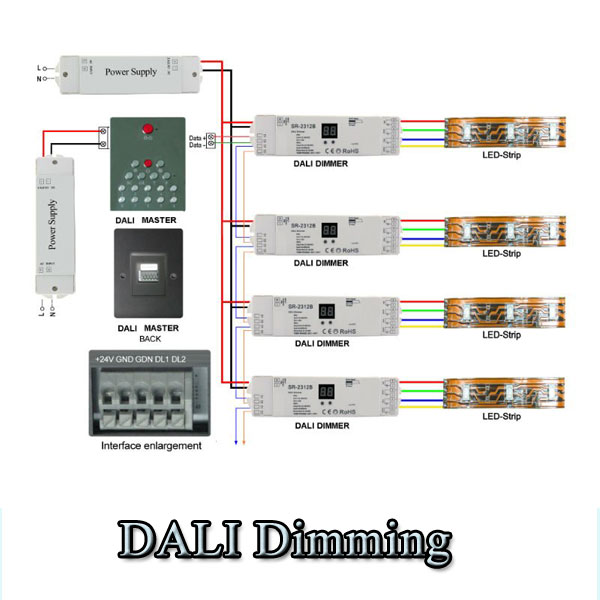
DMX Dimming
The DMX 512 protocol was originally designed to control nightclub and theatre lighting and has only recently started to be used in the home.
DMX works by sending a data signal with a value between 0-255 on each channel.
There can be a maximum of 512 channels and the signal carries the information for all the channels to each dimmer module receiving the DMX.
This means that each dimmer module is given a DMX address so it knows which channel to read and adjust the brightness accordingly.
Each dimmer module has a DMX In and DMX out socket so the data signal can be daisy chained from one module to next.
DMX can control colour changing lighting as well as non-lighting devices.
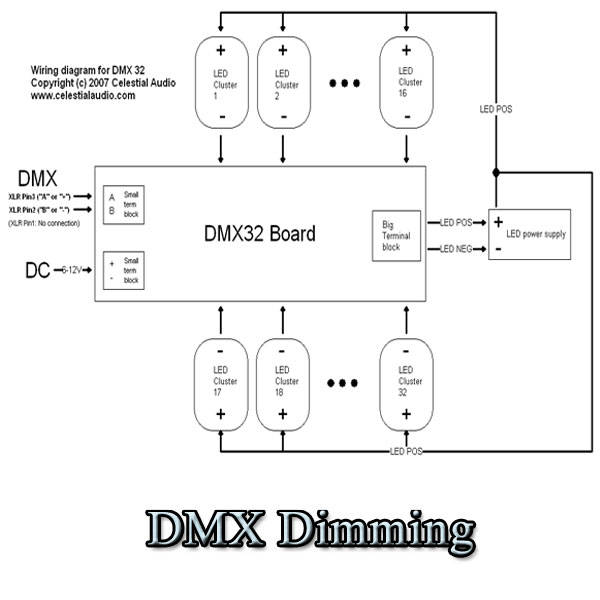
Choose The Right One for Your Home
Litehrbor Your Lighting Friend!

 RESOURCE
RESOURCE









